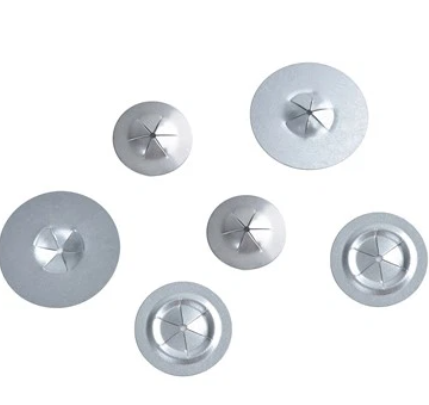Knitted Wire Mesh Installation
Author: admin Date: 2024-08-09 16:46:05 Category: INDUSTRY NEWS
Proper installation of Knitted Wire Mesh is crucial for maximizing its performance and ensuring effective use. The following are detailed installation steps and precautions.
Preparation before installation:
Measurement and planning: Accurately measure the dimensions of the installation location to determine the size and shape of the required Knitted Wire Mesh. Based on the actual situation, plan the installation method and the location of the fixed points.
Tool preparation: Prepare the necessary installation tools such as screwdrivers, pliers, rivet guns, welding equipment (selected according to the installation method), etc., and ensure that the tools are intact and suitable.
Surface treatment: If the installation surface is uneven or has rust, oil stains, etc., it should be cleaned, polished, or painted to ensure that the Knitted Wire Mesh can be firmly installed and maintain a good appearance.
Installation steps:
Cutting and shaping: Based on the measured dimensions, use appropriate tools such as scissors, chainsaws, etc. to cut the Knitted Wire Mesh into the desired shape. If it is necessary to bend or fold to fit the shape of the installation position, be careful to avoid damaging the mesh.
Fixed method selection:
Screw fixation: Drill holes in the installation position and use screws to secure the Knitted Wire Mesh to the surface. Ensure that the screws are evenly distributed to provide stable support.

Rivet fixation: Use a rivet gun to thread rivets through the mesh and installation surface to achieve fixation. This method is suitable for thicker materials and situations that require stronger fixing force.
Welding fixation: For metal installation surfaces, Knitted Wire Mesh can be welded onto them by welding. During welding, attention should be paid to controlling the temperature and welding quality to avoid excessive damage to the mesh.
Adjustment and Alignment: During the fixation process, continuously adjust the position and alignment of the Knitted Wire Mesh to ensure that the mesh is flat, vertical, and tightly adhered to the installation surface.
Edge processing: For the edges of the grid, if there is a possibility of scratches or safety hazards, rubber strips, plastic frames, or metal edging can be used for processing to increase safety and aesthetics.
Precautions after installation:
Inspection and testing: After installation, carefully check the fixing of the grid to ensure that all fixing points are firm and reliable. Conduct necessary tests, such as stress testing (for filtering applications) or push-pull testing (for protective applications), to verify the stability and performance of the installation.
Cleaning and maintenance: Clean up debris and stains generated during installation in a timely manner to avoid corrosion or damage to the grid. Regularly clean and maintain the Knitted Wire Mesh according to its usage environment and material to extend its service life.
Safety protection: If the installed Knitted Wire Mesh has protective functions (such as guardrails), clear warning signs should be set up to remind people to pay attention to safety.